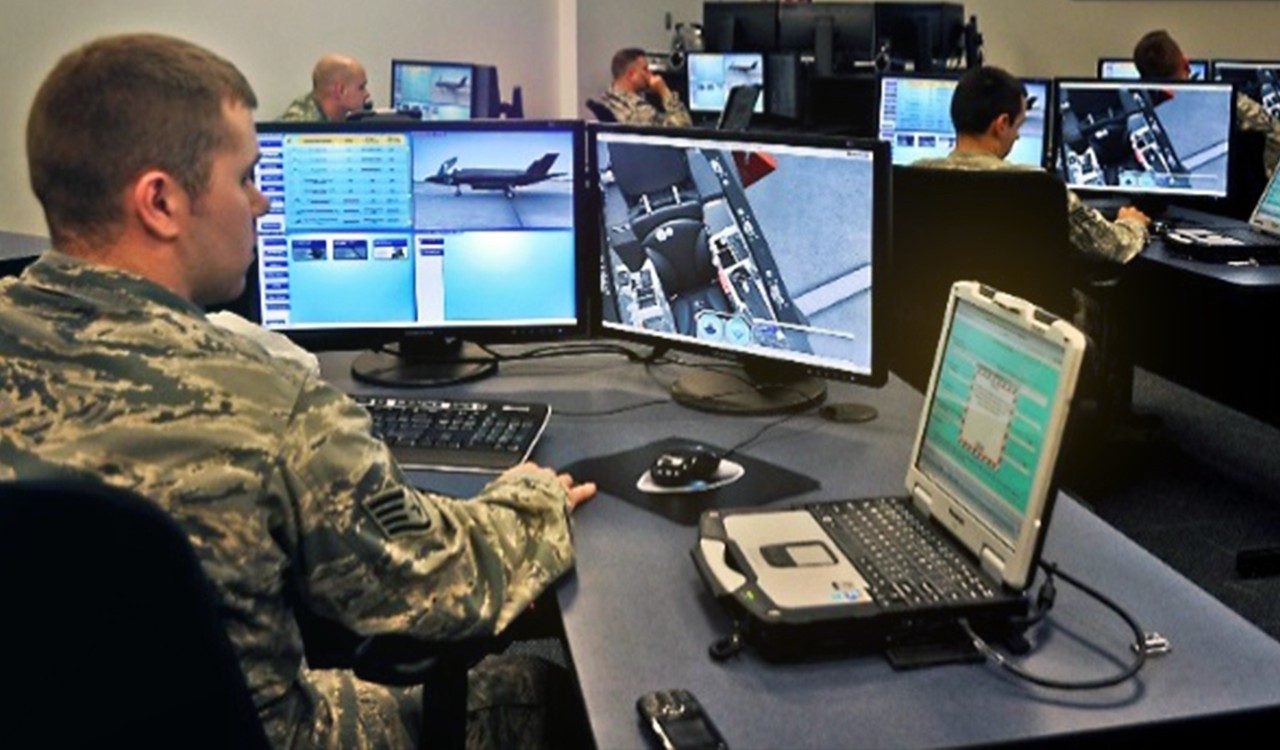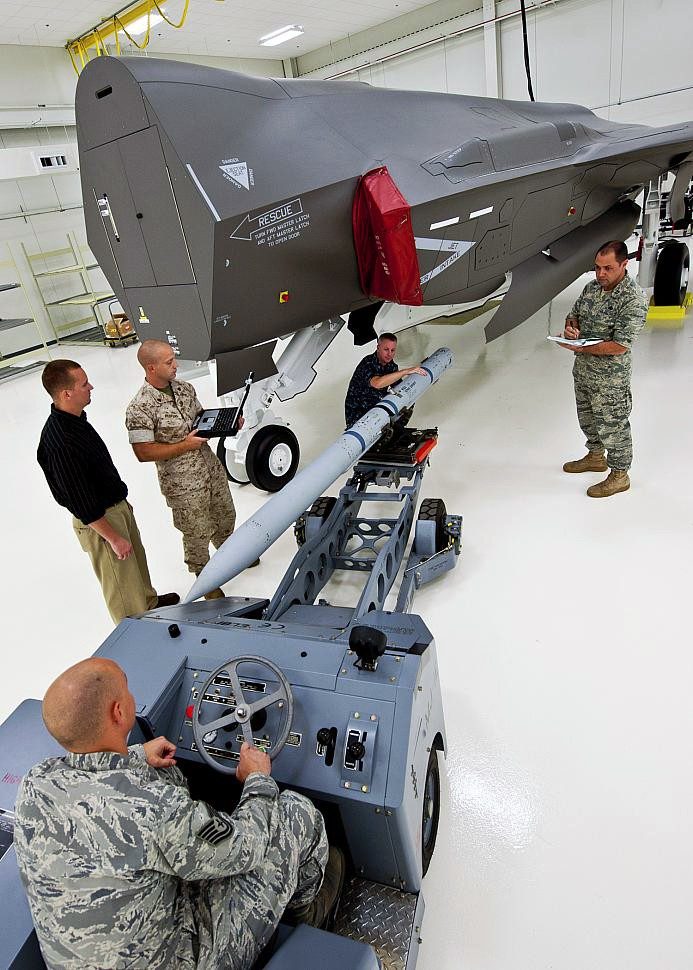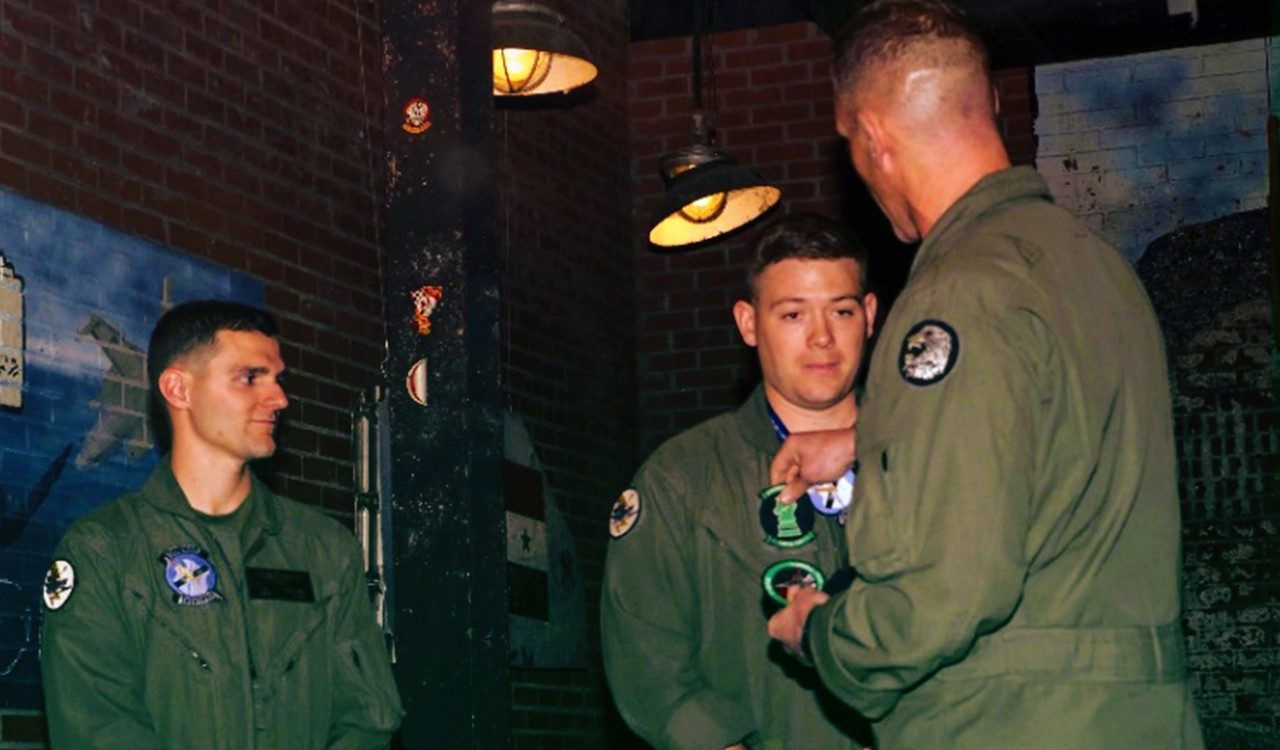A solid training foundation is the bedrock for mission readiness in the 5th Generation of air power. As of March 22, the F-35 Training System has trained more than 400 pilots and 4,000 maintainers from the U.S. services, international partners and foreign military sales customers.
Currently, 364 students are in training – marking the largest group to date. In July 2015, the 200 pilot and 2,000 maintainer milestone was achieved, with an additional 100 pilots and 1,000 maintainers trained less than one year later.
“The incredible dedication of the training teams across the fleet enables the success of the F-35 training system,” said Mike Luntz, director of F-35 Training at Lockheed Martin. “This is all about readiness – the incredible partnership we have with our customers is second-to-none. We look forward to continuing working in lock-step with our military counterparts, providing premier technology and instruction to help deliver the next generation of F-35 qualified warfighters.”

The first two U.S. Marine Corps “CAT I” pilots – brand new pilots with no prior fighter experience – have completed F-35 training, and the first U.S. Air Force F-35 basic course pilots are expected to graduate in the fall.
“Contract instructor pilots provide all academic instruction and lead students in executing up to 18 full mission simulator events before live flying begins,” said Ed Waddy, Lockheed Martin’s F-35 Sustainment Program Manager at Eglin Air Force Base, Florida. “That demonstrates incredible confidence in our ability to prepare the next generation of F-35 pilots for training inside the aircraft with their military instructors.”
The Academic Training Center (ATC) at Eglin is the hub for F-35 maintenance training, delivering initial qualification and transition maintenance training to the F-35 enterprise. New technology has enabled more robust, immersive training to occur without tying up aircraft to do it. A variety of devices provide a truly realistic training experience, enabling students to execute tasks like maintenance on the landing gear, loading weapons on the aircraft and more.
“We have a highly experienced ATC staff and the relationships we’ve built with our customer community are what’s propelling our continued success,” said Dave Bolton, Eglin’s Training Support Center Manager. “The technology we’re using to train students really enables them to gain experience completing tasks just like they would on the aircraft. The Aircraft System Maintenance Trainer provides a realistic representation of accomplishing maintenance tasks on the jet. The younger generation of maintainers really like the computer-based, virtual reality-type training experience, and the more experienced transition students also warm to it very quickly.”
Training Devices and Training Hubs Deliver
Fifty F-35 training devices have been delivered to the field to date, with an additional 24 full mission simulators (FMS) to be delivered in 2017 alone. All required FMS’ for the U.S. services will have the 3i configuration by the end of the summer, mirroring the current F-35 configuration in the field and providing improved stability and training capability. Two 3i FMS were delivered to MCAS Iwakuni, Japan, in support of the U.S. Marine Corps F-35 deployment in January.
The major F-35 training hubs – Luke Air Force Base, Arizona, Eglin Air Force Base, Florida, and MCAS Beaufort, South Carolina – have trained nearly all F-35 qualified personnel including seven international partners. International training will expand significantly in the coming years, as training facilities in the U.K., Italy, Australia, Israel, Norway, South Korea and Japan begin to stand up in 2017 and 2018.


RMS Instructor Pilot trains Category One F-35 Pilots
Last month, U.S. Marine Corps Capt. Taylor Zehrung and Capt. Robert Reddy became the first pilots to complete intensive F-35B training after arriving from flight school with no previous aircraft experience. The 11-month course is designed to take a pilot who has never flown a tactical aircraft and develop their skills until they are combat ready to join an operational unit. At their patching ceremony, Capt. Zehrung and Capt. Reddy received the patches for their new unit, VMFA-121.
Zachary “Spicy” Curry, a Lockheed Martin Rotary Mission Systems contractor instructor pilot, at Marine Corps Air Station Beaufort, played a key role in training Capt. Zehrung and Capt. Reddy. He ensured their training was provided at a high standard and actively updated the course syllabus as it evolved.
Spicy, who served 12 years in the Marine Corps as an F-18 pilot, said it is very rewarding to work with many of the men and women he flew with and to have the opportunity to continue to support the service.
“For Marine aviators, supporting the Marine airmen, sailors, and soldiers on the ground, is near and dear to us. Even though we’re not in uniform, we’re training pilots in the F-35B that can go anywhere in the world, and provide significant capabilities for the country,” said Curry. “In a way, we are still supporting that 18- or 19-year-old Marine on the ground when we train the next generation of fighter pilots.”




